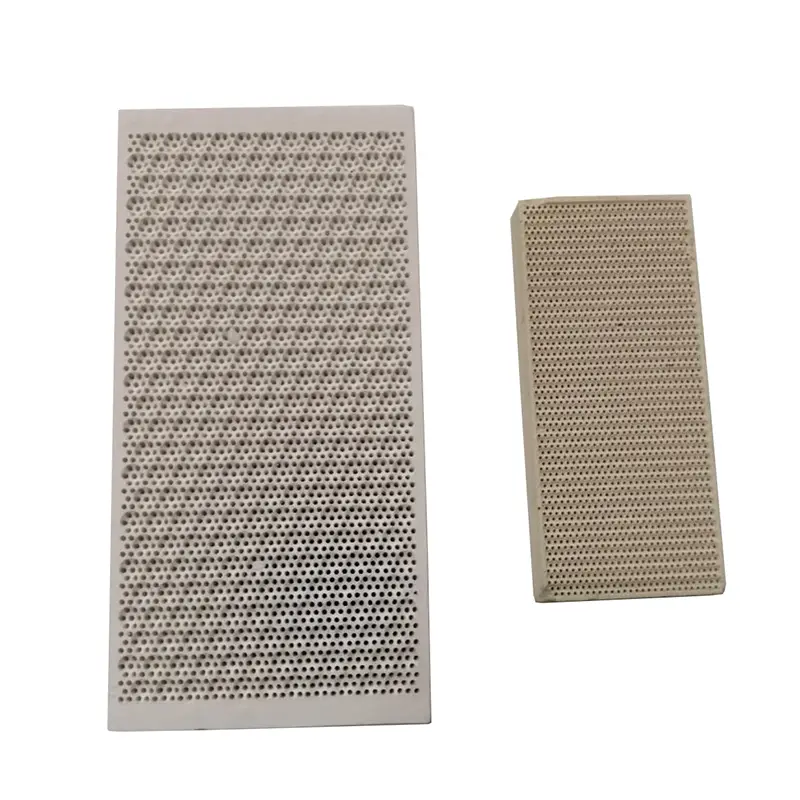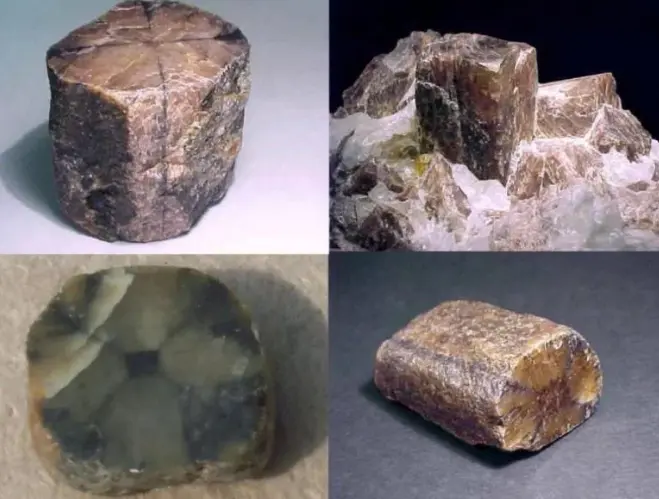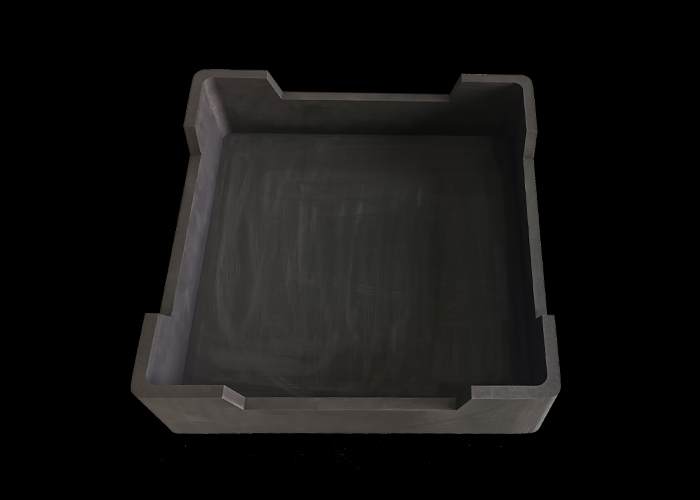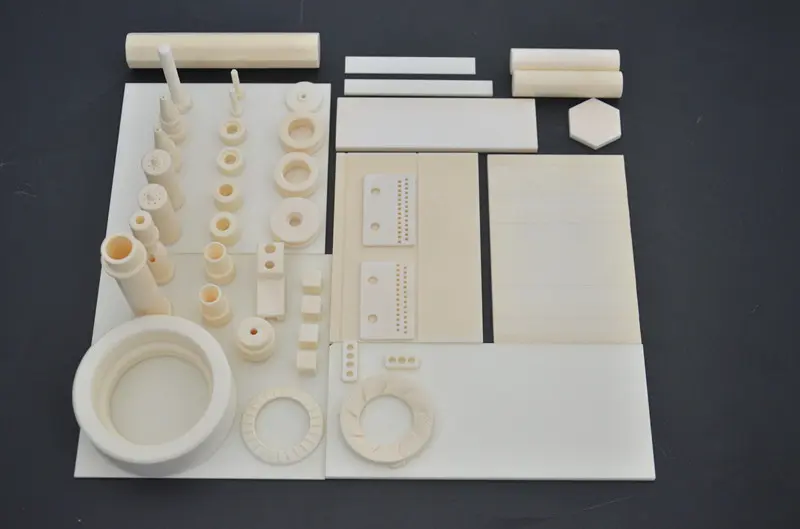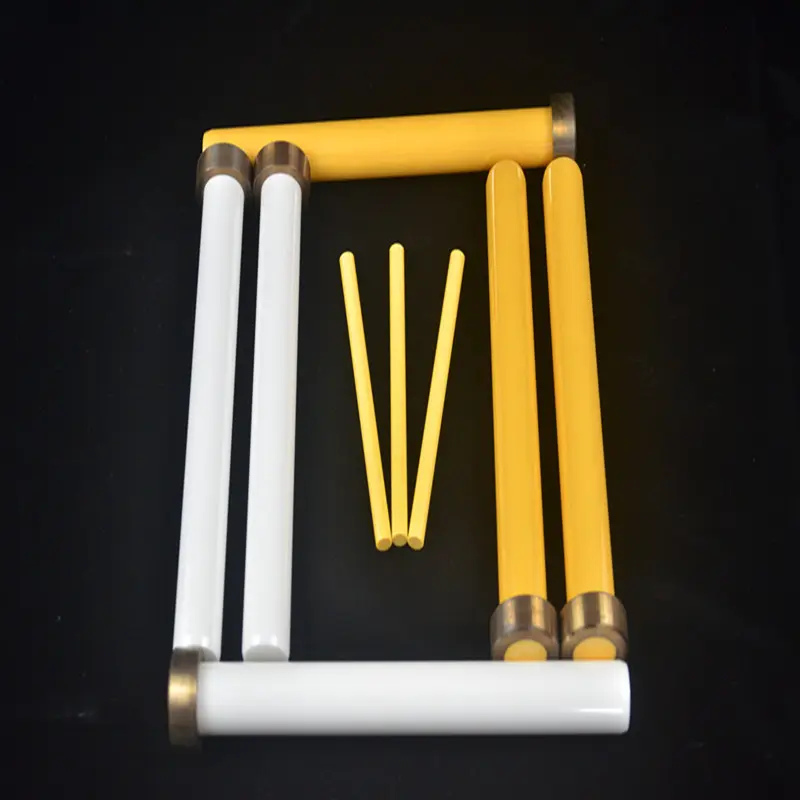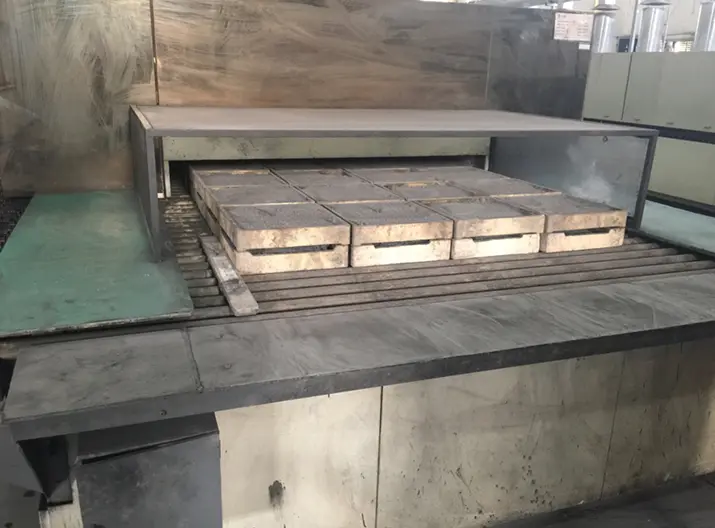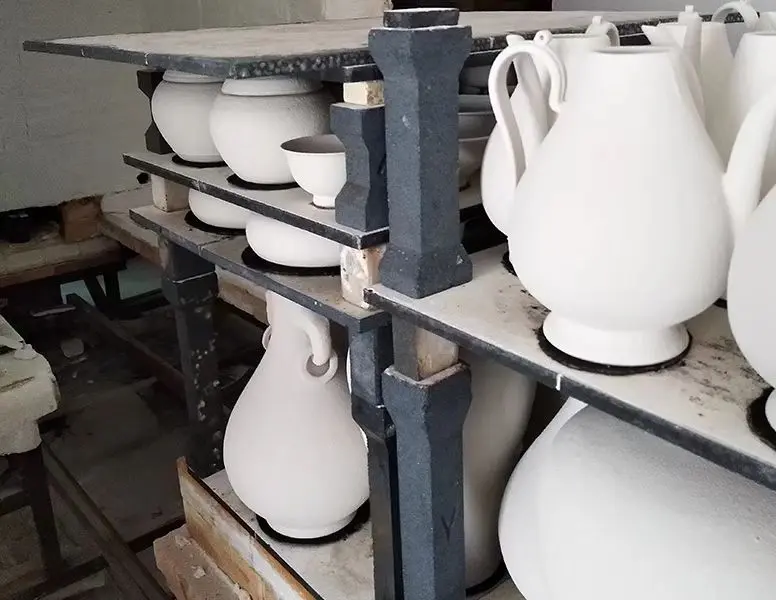Corundum-Mullite: Performance and Application Analysis
One of the primary advantages of corundum-mullite composites is their high-temperature stability. These materials can withstand extreme temperatures, making them ideal for use in refractory applications, such as kiln linings, furnace components, and other high-temperature environments. Their ability to maintain structural integrity under thermal stress is crucial for industries like metallurgy, ceramics, and glass manufacturing.
In addition to thermal stability, corundum-mullite composites demonstrate impressive mechanical properties. They possess high compressive strength and wear resistance, which are essential for applications in abrasive environments. This makes them suitable for use in grinding wheels, cutting tools, and other machinery that require durable materials.
Furthermore, the lightweight nature of corundum-mullite composites contributes to their growing popularity in aerospace and automotive industries. Their low density, combined with high strength, allows for the development of lightweight components that enhance fuel efficiency and overall performance.
The versatility of corundum-mullite composites extends to their use in the production of advanced ceramics and electronic components. Their excellent dielectric properties make them suitable for applications in insulators and substrates for electronic devices.
In conclusion, the performance and application analysis of corundum-mullite composites highlights their significance in various industries. Their unique combination of thermal stability, mechanical strength, and lightweight characteristics positions them as a material of choice for future technological advancements. As research continues to explore their potential, corundum-mullite composites are likely to play a pivotal role in the development of innovative solutions across multiple sectors.


